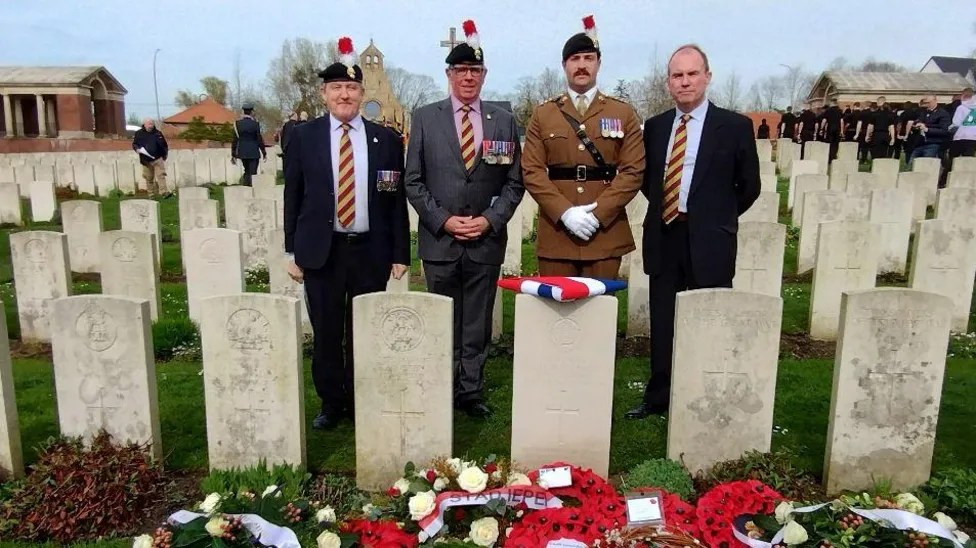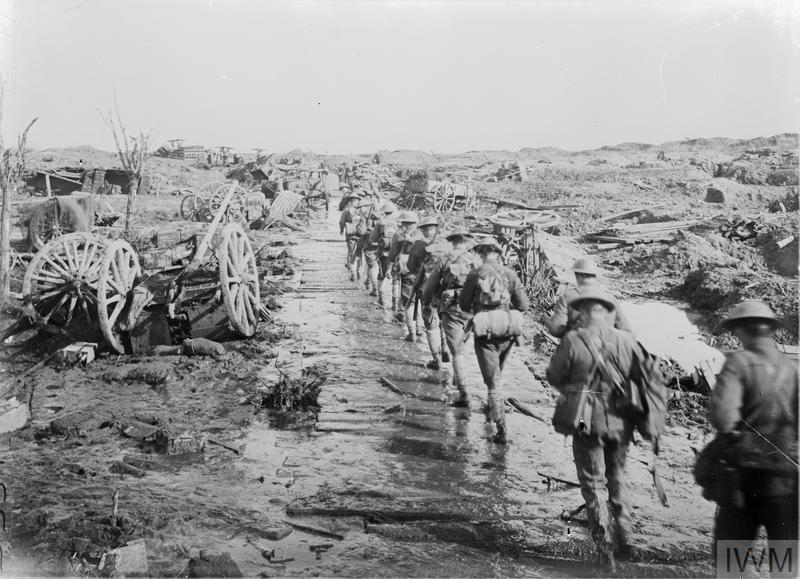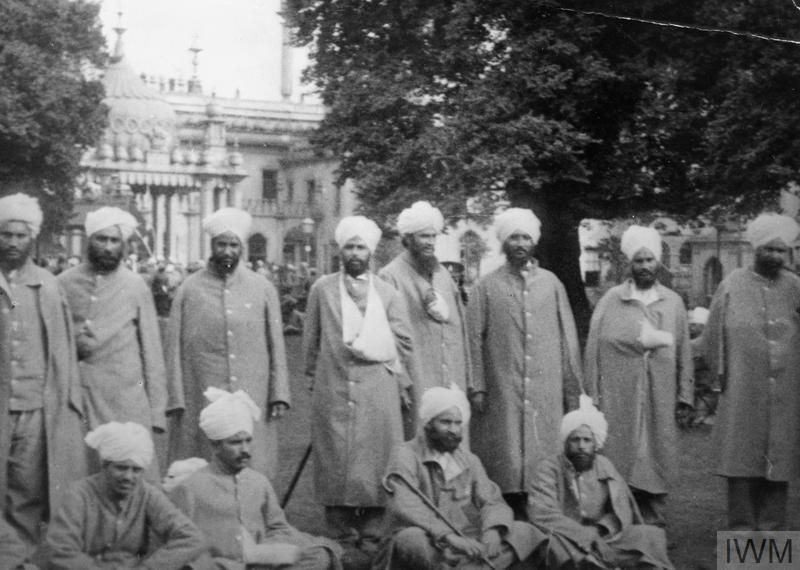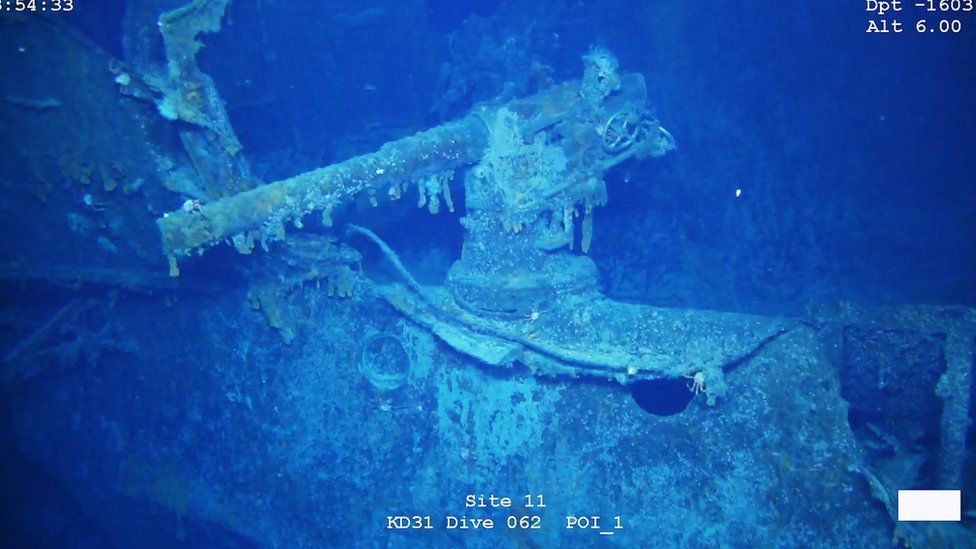
The graves of three missing First World War British soldiers have now been marked with their names, following investigations by researchers.
Privates Albert (Wilfred) Culling and Charles Green of “C” Company, 1/24th London Regiment were killed alongside Private Albert Hale in a position on the Westhoek ridge at around midnight on 25 August 1917, during the Third Battle of Ypres.
The trio were buried in a shared field grave until March 1920, when their remains were transferred to Buttes New British Cemetery near Zonnebeke in Belgium.
While regimental insignia showed all three were members of the 24th Londons, only private Hale had an identity disk, while the other two were buried in graves marked “An Unknown Soldier” and their names were added to the Menin Gate memorial to the missing in Ypres.
Albert Culling was from Keinton Mandeville in Somerset, the eldest of five children. He had joined the Somerset Light Infantry in December 1915, having previously worked as a stonecutter. He went to France with the London Regiment on 15 June 1916.
Charles Green joined the army in December 1915, enlisting with the 3rd (City of London) Battalion, London Regiment. He arrived in France with the 24th London Regiment in August 1916.

Serjeant John Harold Bott
Serjeant John Harold Bott was born in Longton, Staffordshire, one of four brothers. The 1911 census records that he was working as a hairdresser’s apprentice.
He joined the Army in September 1914 and was posted to 11th Battalion, The Royal Fusiliers (City of London Regiment). He arrived on the Western Front on 26 July 1915 and, in the summer of 1916, won the Distinguished Conduct Medal (DCM) during the Battle of the Somme.
His medal citation said his medal was awarded: “For conspicuous gallantry in action. He led a bombing party with great courage and determination, capturing an enemy machine gun and killing the team.”
On 10 August 1917, 11th Battalion Royal Fusiliers was involved in an attack on the Westhoek ridge. The two attacking companies went over the top at 4:35am. By 6am most of the officers and NCOs, including Serjeant Bott, had been killed or wounded and the Fusiliers were driven back by a German counter-attack.
After the war Serjeant Bott’s body was recovered and he was buried as an unknown soldier of the Royal Fusiliers in Hooge Crater Cemetery while his name was inscribed on the Menin Gate.
His grave has now been identified after research was submitted to CWGC by two separate researchers. Following additional investigations by CWGC, the National Army Museum and the Joint Casualty and Compassionate Centre Commemorations team (JCCC), the findings were confirmed.














